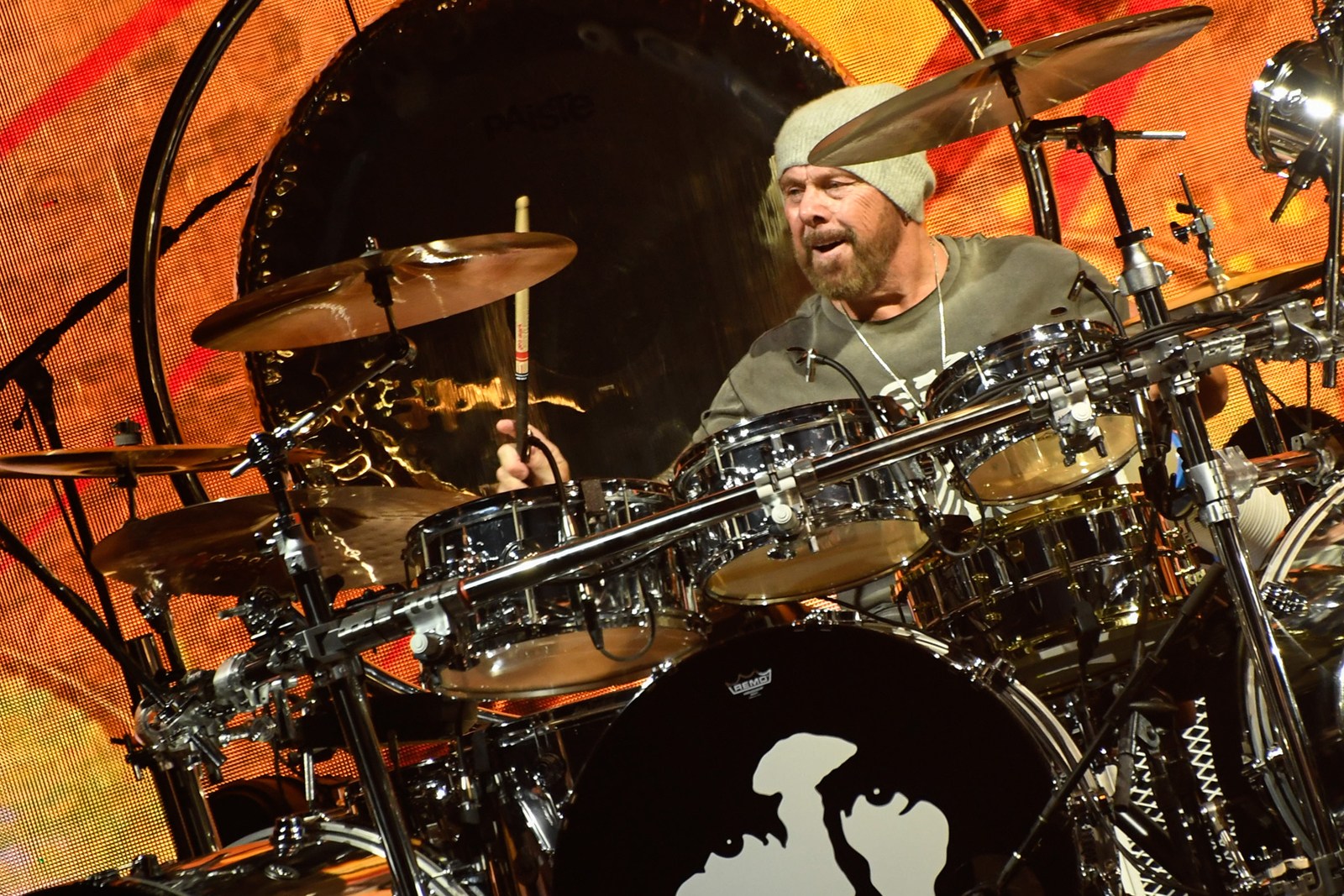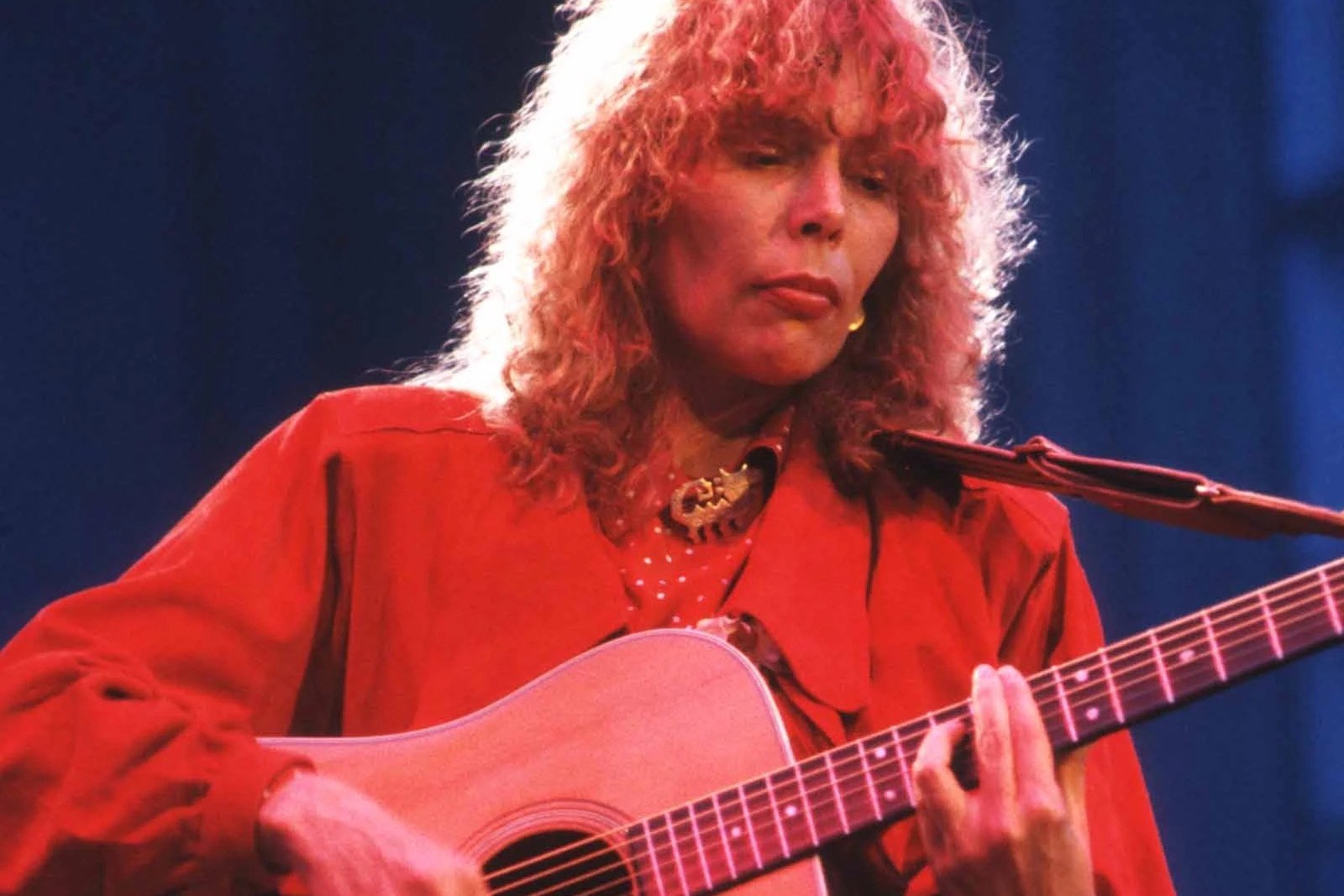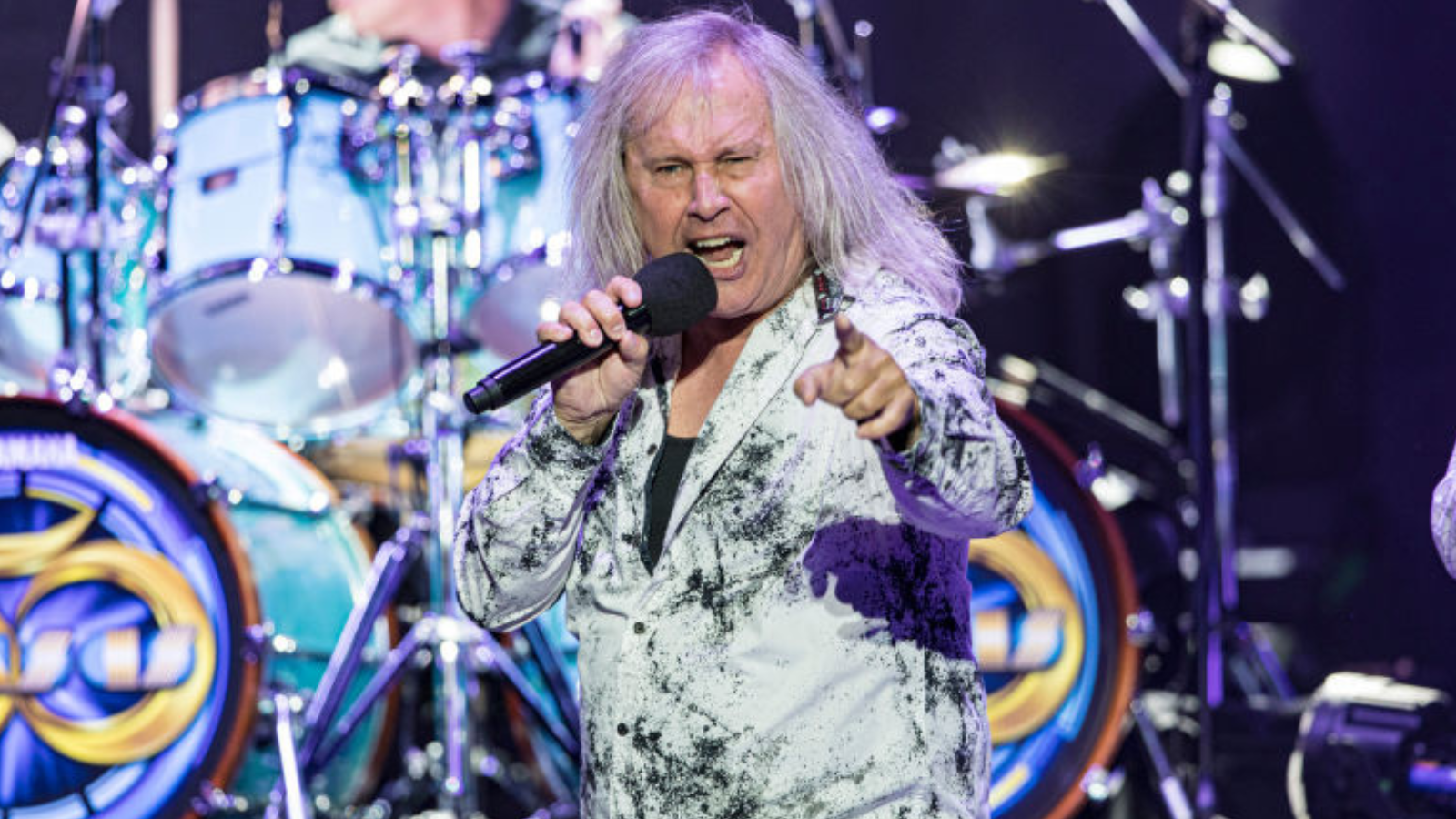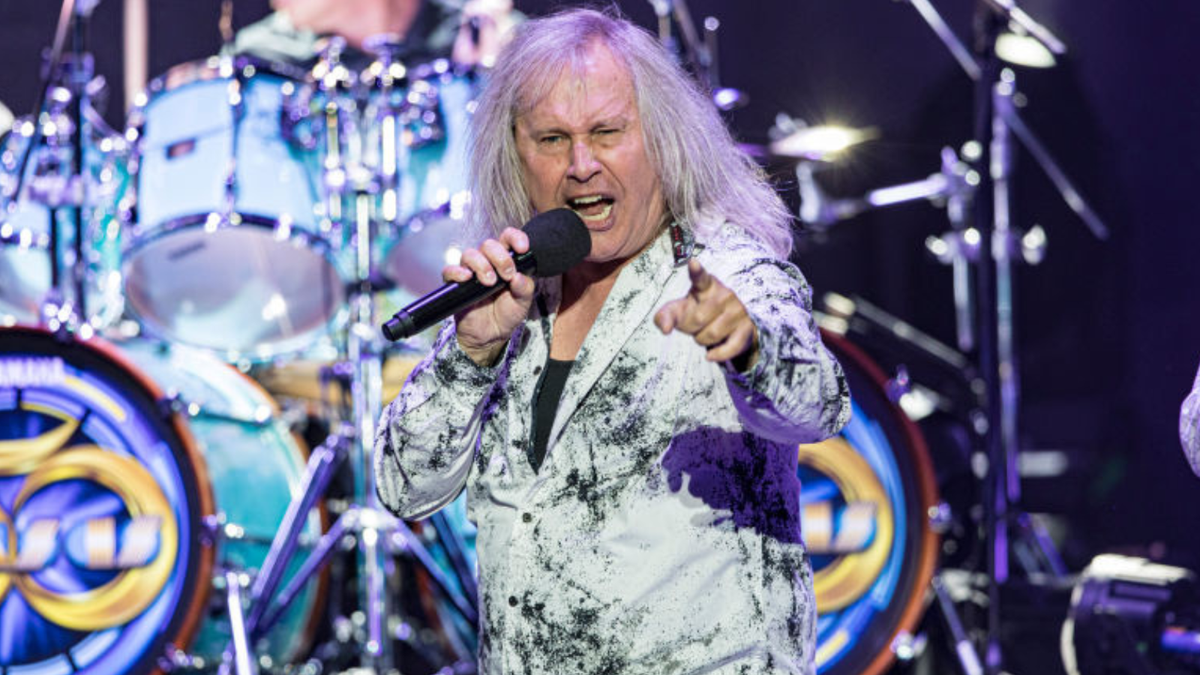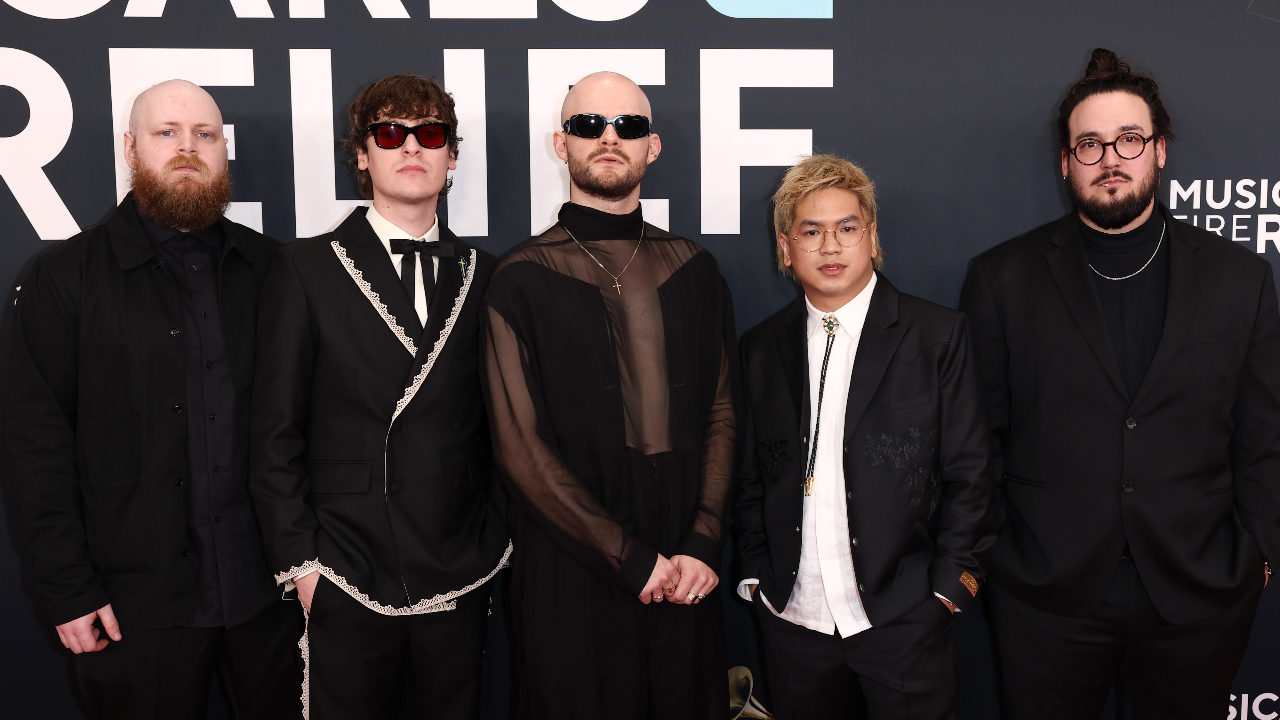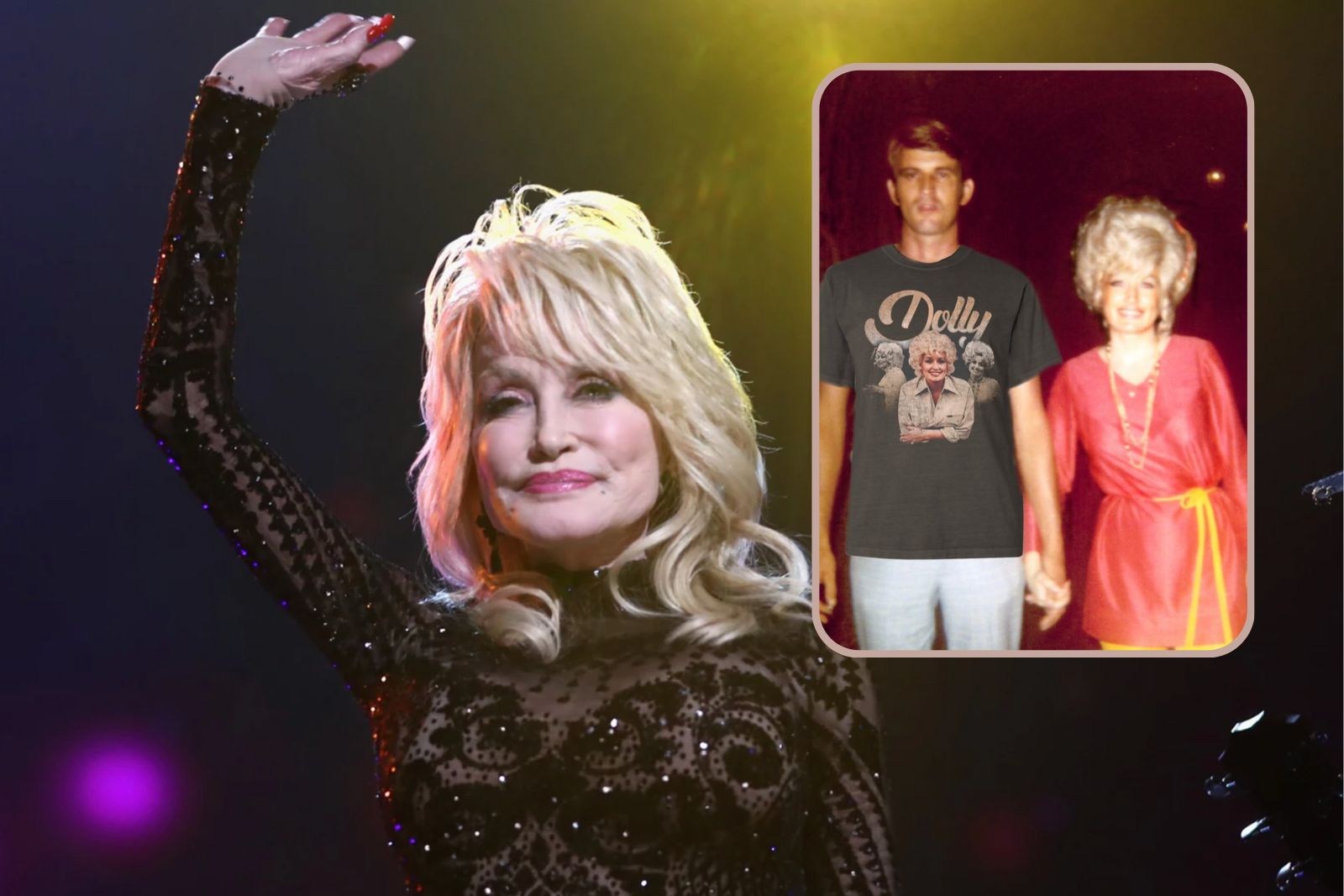For much of her career, Joni Mitchell was compared to the person she was when she first started making music. Back then, she was usually branded a delicate folksinger who, in the words of Robert Plant, “plays guitar, cries and sings.”
But like anyone, Mitchell grew, developed and changed, so that by the time she got to the ’80s, she was making a different kind of music and writing different kinds of lyrics. Not all her fans understood or appreciated it, to say nothing of the opinions of critics at the time.
“When you’ve been around long enough, people only remember certain facets of you,” she said in a 1985 interview. “Unfortunately, I’m carrying this tale of history around behind me.”
To be fair, Mitchell was by no means the only artist to have gotten her start in an earlier era and be met with harsh criticism in the ’80s. Bob Dylan, Neil Young, and plenty of others embarked on artistic endeavors that baffled many and did not stand the test of time.
Still, Mitchell was as determined as ever to make the art she wanted to make. In the below list, we’re taking a look at the Top 10 ’80s Joni Mitchell Songs. We suggest looking past the harbinger of ’80s music that was synthesizers to the song underneath — you might be surprised at what you find.
10. “Cool Water”
From: Chalk Mark in a Rain Storm (1988)
“Often,” Mitchell confessed to Rolling Stone (via jonimitchell.com) in 1988, “I’ve put musicians on my albums simply because of their proximity.” This is more or less how Willie Nelson came to appear on Chalk Mark in a Rain Storm, more specifically on a song called “Cool Water” that was first released by the Western singing group Sons of the Pioneers in 1934. Nelson reportedly pulled up to the studio Mitchell was working out of at two in the morning one night and joined in on the fun.
9. “Chinese Cafe” / “Unchained Melody”
From: Wild Things Run Fast (1982)
In 1981, Mitchell took a trip to the Caribbean, where she heard a lot of music by acts like the Police, Talking Heads and Steely Dan, which would explain the vibe she ultimately went for on 1982’s Wild Things Run Fast. But perhaps the most notable thing about the opening track to the album, a half original, half cover called “Chinese Cafe / Unchained Melody,” isn’t the sound at all — it’s that Mitchell made a rare and incredibly vulnerable mention of the daughter she gave up for adoption back in 1965. “My child’s a stranger,” she sings. “I bore her, but I couldn’t raise her.” At that point in time, few people knew Mitchell had ever had a child and it would still be years before the topic became a public one.
8. “You Dream Flat Tires”
From: Wild Things Run Fast (1982)
There are opposing forces at play in “You Dream Flat Tires” — a jazz fusion type bass part, a rock guitar solo, tight backing harmonies — but somehow it makes such an interesting whole. Oh yeah, and it’s also a duet with Lionel Richie, another person Mitchell unexpectedly conscripted.
7. “Shadows and Light” (Live)
From: Shadows and Light (1980)
Mitchell released her second live album, Shadows and Light, in 1980, which was recorded in September of 1979 in Santa Barbara, California. Her band then consisted of guitarist Pat Metheny, bassist Jaco Pastorius, drummer Don Alias, keyboardist Lyle Mays and saxophonist Michael Brecker. If the below title track sounds cinematic to you, good news: Mitchell made a two-hour, self-edited concert film along with this album.
6. “Ethiopia”
From: Dog Eat Dog (1985)
In 1985, two all-star charity singles were released in the form of “We Are the World” and “Tears Are Not Enough,” the latter of which was recorded by a host of Canadian artists that included Mitchell. Both were meant to raise money to help with famine in Ethiopia. But following that, Mitchel felt those efforts were misguided, and wrote “Ethiopia” as a result. “[The songs] were more about us, we the performers and we the contributors of money, then they were about the people of Africa themselves,” she said to NME in 1985. “So once I had that idea I did the portrait more of the Ethiopians themselves in the context of our own world hunger.”
5. “Dancin’ Clown”
From: Chalk Mark in a Rain Storm (1988)
Joni Mitchell, Billy Idol and Tom Petty sounds like the most unlikely combination ever, and yet it happened in 1988 on Mitchell’s Chalk Mark in a Rain Storm, in which both men make cameos on the song “Dancin’ Clown.” When asked by NME why she asked Idol to sing on the track, Mitchell replied “The sneer. … No one else can sing with such a sneer. I saw him at the Grammys and I thought this guy is old fashioned rock ‘n’ roll. He thinks he’s Elvis. All the bad boy posturing is kind of sincere and humorous—the nearest the ’80s get to the spirit of rock ‘n’ roll.”
4. “Edith and the Kingpin” (Live)
From: Shadows and Light (1980)
If there was one thing Mitchell proved in the ’70s and ’80s, it was that “jazz” could be a much broader thing than many people assumed it to be. The 1980 live version of “Edith and the Kingpin” embodies this idea – smooth but funky, delicate at points and robust in others. “I’m not a jazzer, I’m not a rock and roller, I’m not a folkie. I’m just a musician,” Mitchell said in a December 1980 interview. “I just go in and out of these fields, you know, at will, which is a very luxurious position. The more experimentive [sic] you become — by that I mean willing to take chances — the more chances open up to you.”
3. “Good Friends”
From: Dog Eat Dog (1985)
Speaking to Rolling Stone in 1979, Mitchell described the Doobie Brothers‘ Michael McDonald as “very natural singer.” Six years later, McDonald duetted with Mitchell on a track titled “Good Friends,” their two voices melding together surprisingly well. It’s a pleasing enough pairing that it’s easy to look past the heavy ’80s arrangement.
2. “Woodstock” (Live)
From: Shadows and Light (1980)
Mitchell did not perform at Woodstock, and she didn’t attend it either. Yet, she managed to write arguably the most famous song about it. She released “Woodstock” on her 1970 album, Ladies of the Canyon, but the 1980 live version is especially soul-stirring and exquisitely performed. There is a confidence about it that Mitchell must have learned over a decade of time.
1. “Snakes and Ladders”
From: Chalk Mark in a Rain Storm (1988)
The Eagles did not exist at the time Mitchell brought Don Henley in to record the song “Snakes and Ladders” – they’d broken up at the very beginning of the ’80s. Henley, frankly, was the perfect choice to sing the part of a highly confident “air-brushed angel.” “He came in and heard the song and his brow kind of knit up,” Mitchell explained to Musician magazine then. “I said, ‘Can you get into this?’ He said, ‘What are you talking about? This is my life!'”
Joni Mitchell Albums Ranked
Individuality set her apart from other singer-songwriters in the ’70s.
Gallery Credit: Michael Galluci



